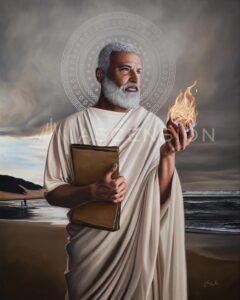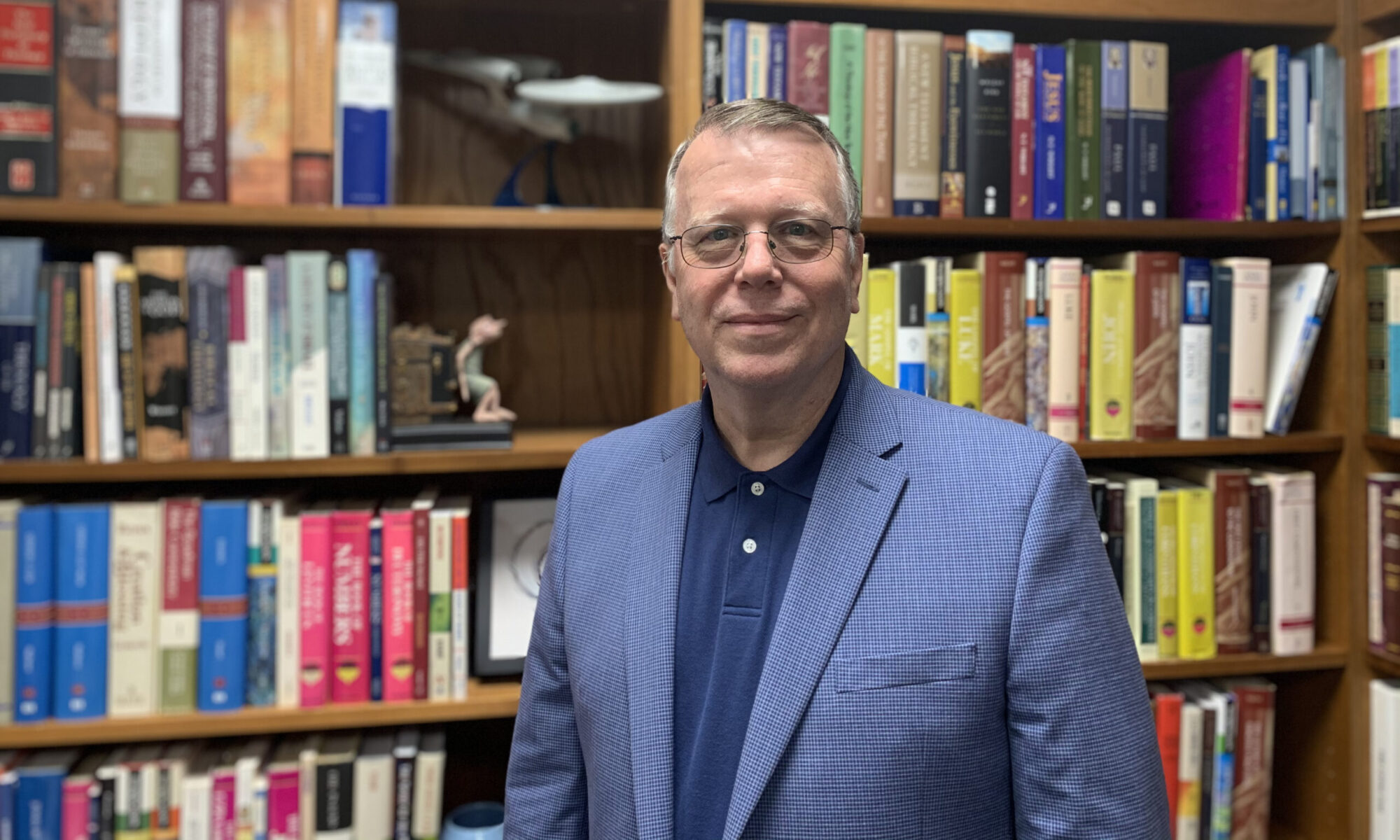Augustine’s Handbook was written to be a “suitable foundation” for Christian faith” (4) and presents his doctrine in terms of the Christian journey in which revelation is received through the graces of faith, hope, and love. Each of these graces are integrated, but hope and love flow from faith (7). Augustine insists that this is more than an intellectual endeavor – one’s “heart [must] be set on fire with great zeal” (6). The singular purpose of the three graces is to inform “how God is to be worshiped” (2).

Faith encompasses the past, present, and future. Therefore, this treatment of faith includes matters of Trinitarian theology, creation, the origin of evil, soteriology, and eschatology (which demonstrates the integration of faith and hope). God is one [substance]; God is Trinity – “Father, the Son begotten from the Father, and a Holy Spirit who proceeds from the same Father and in one and the same Spirit of Father and Son.” The Trinity is “supremely, equally, and unchangeably good” and is the Creator of all that exists (9, 10).
Creation was very good and wonderfully beautiful. Evil is the corruption of the good and the beautiful, variation from truth, ignorance and desire (lust), error (heresy?) and suffering (24). Death is God’s “special penalty” against humans who have acted in freewill against God’s authority (25). The “original sin” of the first humans is transmitted through “concupiscence of the flesh” (26). That is, the corrupted image of fallen humanity is transmitted from generation to generation through sexual reproduction. It is remarkable that Augustine’s pre-scientific theorizing is supported in the science of epigenetics which demonstrates that human genes are affected, or changed, in response to traumatic life experiences. The consequence of original sin is that “the whole human race lay prostrate in evil” (27) because by the evil exercise of freewill, human freewill has been enslaved by the power of sin and is woefully insufficient to restore human righteousness.
Therefore, God has acted to reconcile humanity through “a mediator and our reception of the Holy Spirit” (33). The mediator is “the Word. . . the only Son of God the almighty Father, born of the Holy Spirit and the Virgin Mary.” The Word assumed human nature “entirely free from every entanglement of sin.” Just as the Son was not born through the “concupiscence of the flesh,” likewise the virginity of Mary was not “impaired” by sexual desire, or even by giving birth (34). Because of the nature of the virginal conception and birth of Jesus Christ, he is free from the corruption of original sin. The mediator, Jesus Christ, is “God before all worlds, man in our world.” Jesus is the union of Godhead and humanity. This mysterious union was effected by the Holy Spirit who is equal to the Father and the Son (37). Jesus Christ is the divine Son of the God the Father by nature; he is the human son of Mary by grace. This union of uncreated God and created humanity is an act of “great grace which is God’s alone” (35, 40, 41).
Because human reason is darkened by sin, it is only through the gift of faith that God may be known. This is an expression of prevenient grace. Human original sin is so grievous that the only remedy is the death and resurrection of the divine-human Mediator. All humans must be born again so that original sin may be eradicated (46). The sacrament of water baptism, which is an image of the death and resurrection of Christ (52), signifies regeneration (42). With the renewal of the human heart, freewill is restored which effects human goodness (31, 32). Because all infants are born with original sin, they too must be baptized (43, 46). Baptism is the seal of adoption whereby the baptized become the “sons of God the Father and of Mother Church” (39). The Church is in pilgrimage on the earth (61). Post-conversion sins may be healed through penitence, which may include almsgiving (46), a season in which the sinner demonstrates profound sorrow for their offense, which may include almsgiving (65, 70). The “sacraments of salvation” (water baptism, the Eucharist, and penance) anticipate “good things to come,” that is the return of Christ in judgement (66) and to make all things new (62). The resurrection of the flesh will include aborted fetuses (85, 86) and the restoration of those born with severe deformities (87), which demonstrates the full humanity (imago dei) of both. Augustine suggests the possibility that those believers who have not successfully purged themselves of all love for this world might “be saved by a kind of purifying fire.” However, this eschatological purgation does not apply those who have habituated sin that separates them from God’s kingdom (69). The heavenly Church consists of those who have been faithful unto death and who are forever victorious (57, 120).
Hope speaks to what is future and is expressed in the language of prayer, specifically the petitions Lord’s Prayer (8, 114). Prayer is the practice of theology. In prayer we seek eschatological blessings (115) and those things we need for flourishing in this present age.
Love speaks to the full gospel of God’s redemption of humanity, and specifically to the work of the Holy Spirit. Love is the greatest of the three graces, “for one who rightly loves without doubt rightly believes and hopes” (117). Love is the ultimate goal of redemption. The fulness of love is expressed in the believer’s reconciliation to God, and to all other humans (121).
Augustine of Hippo. The Augustine Catechism: The Enchiridion on Faith, Hope, and Charity. New City Press, 1999.
